NASA’s Curiosity landed on Mars on Aug. 6, ending a 36-week flight to the red planet. Curiosity is the largest rover ever sent to another planet.
Dr. Ben Blalock along with many others shared in the excitement of the accomplishment. He directs the Integrated Circuits & Systems Laboratory in the Min H. Kao Department of Electrical Engineering and Computer Science at the University of Tennessee–Knoxville.
His team designed crucial components for Curiosity. Speaking of the remarkable beginning, he said the feeling was, “Oh wow, just incredible. We were very nervous about the landing. If the thing doesn’t land correctly nothing matters.”
But once the car-sized robot reached the Red Planet, “I was very confident the chips would do their job, because of intensive testing.
Blalock, an award-winning teacher, deflected his pride to two of his graduate students. He said they did a barrage of tests, of temperature extremes, radiation, and other factors, to be sure what they designed could function in the harsh Martian environment. It was “such a thrill knowing that my students could be involved in a project that went up in space,” becoming part of history.
His student Stephen Terry was a key designer, and his first doctoral candidate Robert Greenwald “helped shepherd it all the way through, worked with JPL (Jet Propulsion Laboratory) on testing,” said Blalock.
NASA’s JPL approached them because it was not possible for JPL to buy components off the shelf to handle daily temperature ranges from -400 to +20 degrees Celsius. “Jet Propulsion supported us. The partnership was the key,” said Blalock.
Speaking of how the technology developed for Curiosity may be applied on Earth, Blalock said it’s hard to quantify, but, “We as a people are really at our best when we are exploring.” Barcodes came from a method of cataloging complicated cables for the Apollo missions, according to Blalock, and now they are common, useful items. “All the NASA technology spinoffs have had very positive applications. You never hear about weapons (coming from NASA) but always practical things that help,” he said.
This program is the first time robotic components have been designed to work in an extreme environment, rather than sealed and shielded inside something, according to Blalock. His colleagues Linda Kah and Jeffrey Moersch, associate professors in the Department of Earth and Planetary Sciences, are part of a team working on the data the rover sends back.
“I expect that we will find evidence for the building blocks of life, although that is a far cry from actually finding evidence for life,” said Kah in a press release. “Personally, I am more excited by the opportunity to ask a whole set of higher-order questions about what the Martian surface was like and how it might have changed through time.”
President Barack Obama stated on the White House website, “The successful landing of Curiosity—the most sophisticated roving laboratory ever to land on another planet—marks an unprecedented feat of technology that will stand as a point of national pride far into the future. It proves that even the longest of odds are no match for our unique blend of ingenuity and determination.”
The Epoch Times publishes in 35 countries and in 19 languages. Subscribe to our e-newsletter.
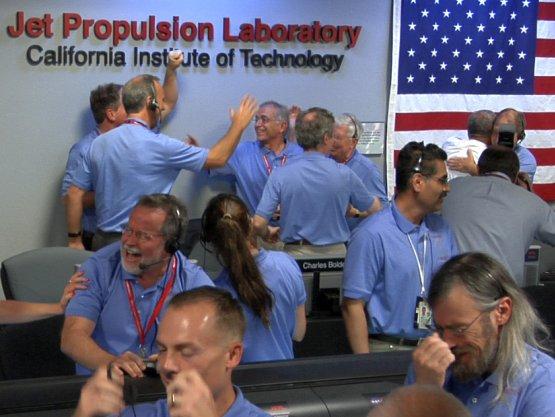

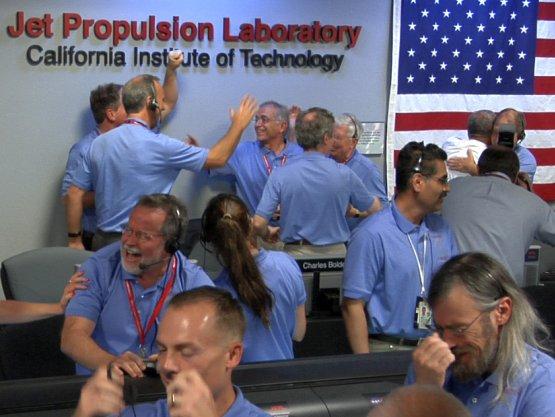
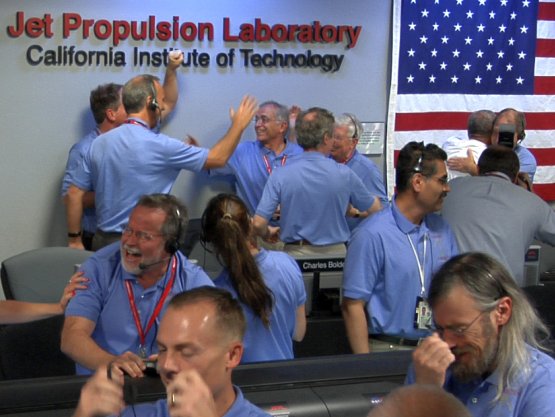
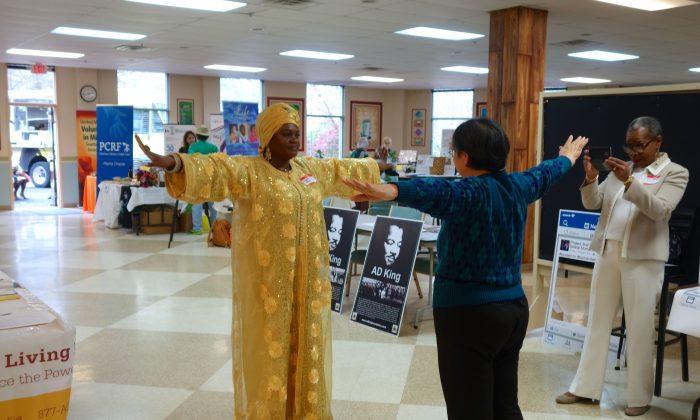
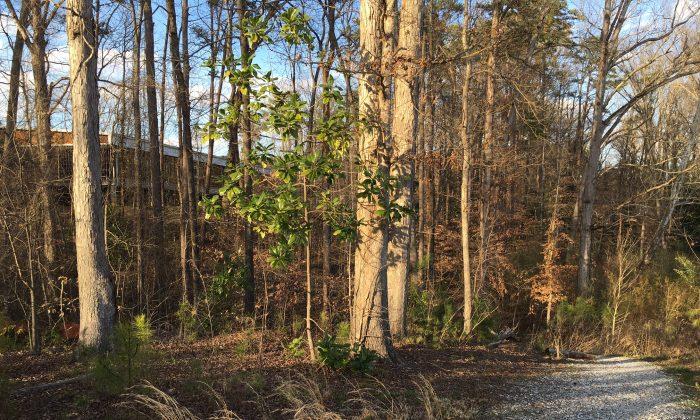

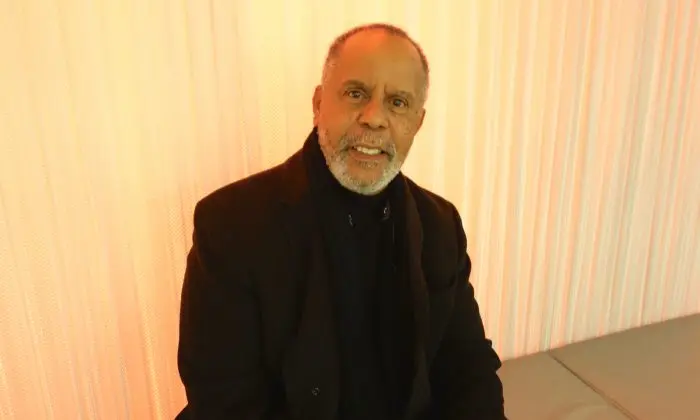
Friends Read Free